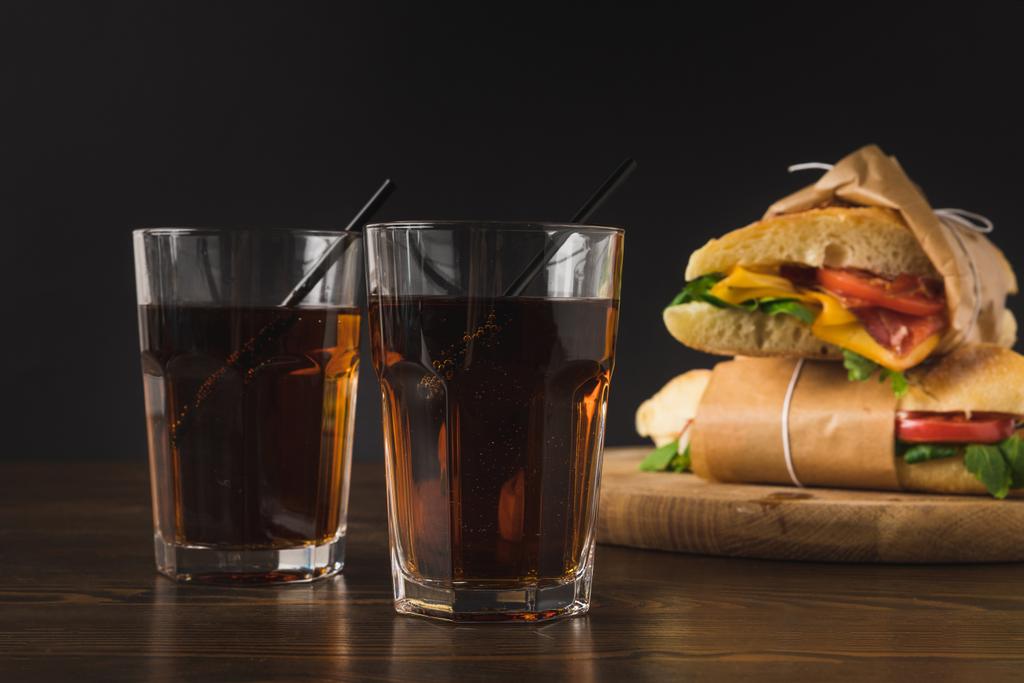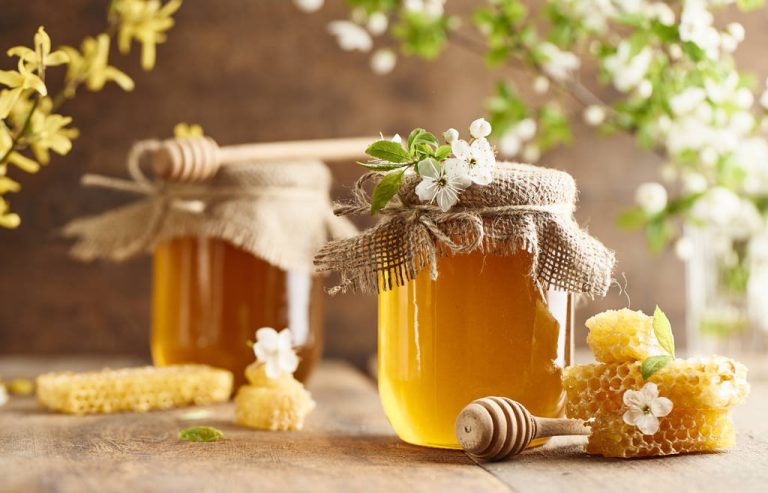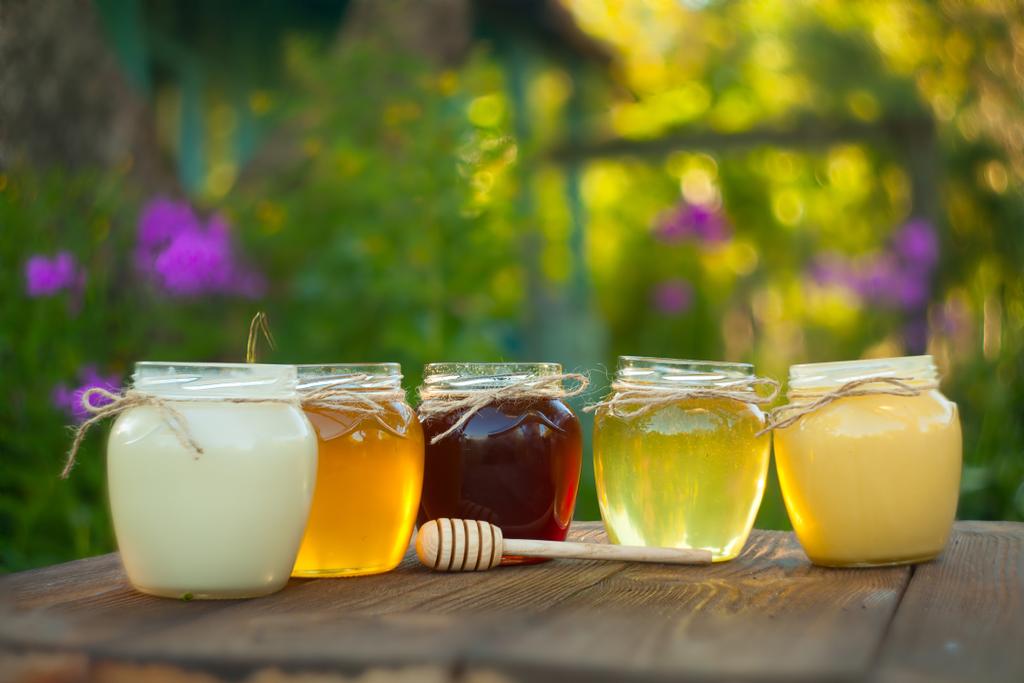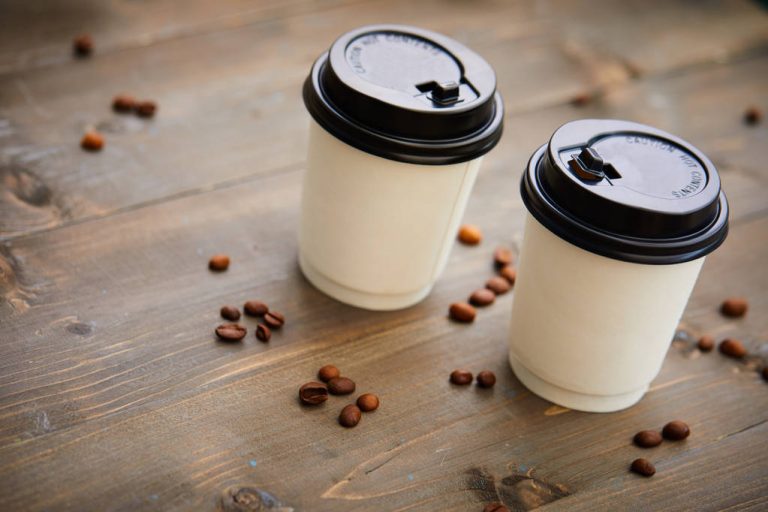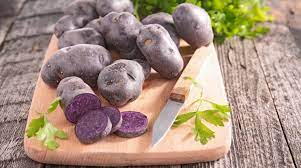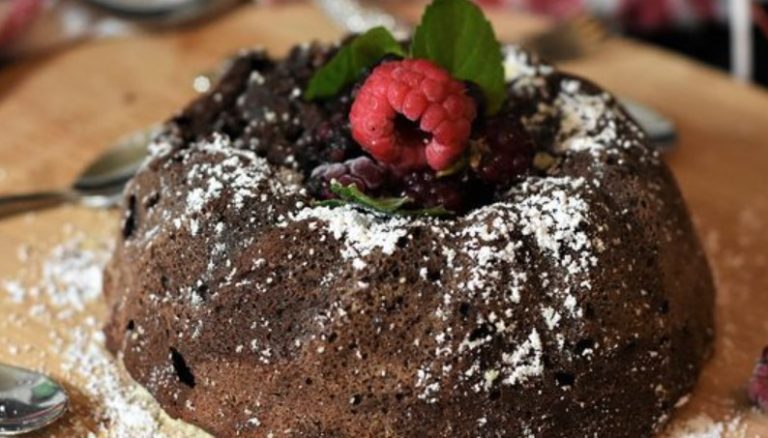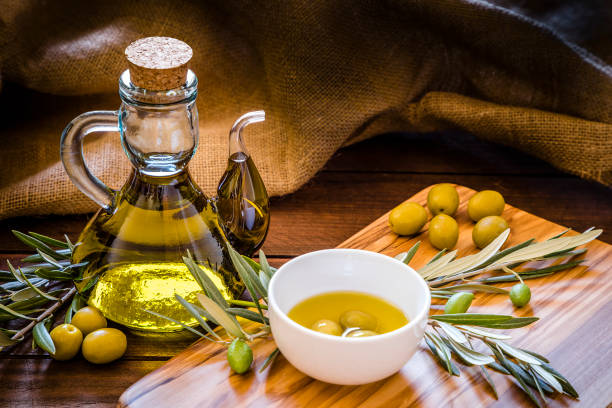One component in coffee preparation is often used: the filter. We will show you where it comes from, what different sizes and types of filters there are. As well as alternatives in case you don’t have a filter handy.

What is a coffee filter and what does it filter?
With a coffee filter you can make hand-brewed and machine-brewed filter coffee. However, the name is a bit vague. The coffee filter itself is actually the attachment that is placed on a pot or cup. A filter bag/paper filter is usually placed in the attachment before the filtering process in order to get the best possible result. However, the filter bag is also often referred to as a coffee filter.
A coffee filter can be both the filter holder and the paper filter.
The filter bags not only ensure that no coffee grounds end up in the drink, but are also responsible for other things: the oils and fats dissolved in the coffee powder are filtered out, giving the coffee a clearer taste. Even sediment does not get into the coffee through the filter. He also looks clearer.
Who invented the coffee filter?
In earlier times, the preparation of coffee was more complicated. Ground coffee was placed in a pot or similar vessel, then hot water was poured over it. After it had steeped for some time, the coffee was poured over a strainer when served to catch the coffee grounds. Pretty cumbersome, and there was almost always a little “Prütt” in the cup afterwards.
In 1908, Amalie Auguste Melitta Bentz from Dresden was so annoyed by the annoying coffee grounds that she thought of a solution. The first approach: She took a tin can, nailed holes in the bottom and lined it with blotting paper. A good idea, but very labor intensive in the long run. So she developed a prefabricated coffee filter as a holder with filter paper cut to fit, which she finally patented.
The holders were initially made of aluminum or sheet metal, but the filters were replaced by porcelain and ceramic filters in the 1930s. Bentz then founded the Melitta company, which is still known today and is named after her.
What types of coffee filters are there?
Nowadays there are many types of coffee filters or filter bags. We introduce them to you:
disposable filter
The disposable filter (filter bag) is placed in a filter holder made of porcelain, plastic or stainless steel. The filter paper consists of cellulose fibers that form very small pores. The paper should be bleached without chlorine and using the TCF process, since unbleached filter paper can distort the taste of the coffee. If no other is at hand, it can be rinsed out a few times beforehand. After use, the paper (if it is bleached) is disposed of in the residual waste, the coffee grounds can be put in the organic bin or on the compost. The filter holder can of course be used again. The disposable filter bag is used when preparing with the pour-over method and in conventional coffee machines.
permanent filter
Permanent filters are usually made of plastic, porcelain, cotton, copper or stainless steel. Which material you choose is entirely up to you. However, porcelain, stainless steel and copper filters are more durable than plastic filters. Due to the larger pores, permanent filters retain significantly less fat and oil than disposable filters. Here is a selection of permanent filters:
Porcelain filters often have a base with up to three holes through which the coffee is filtered. However, it only filters optimally if a filter bag is also inserted, otherwise coffee grounds will run through the holes when the coffee is brewed.
Copper filters are characterized by easy cleaning and it is also an antibacterial material.
Stainless steel filters do not deform and can be put in the dishwasher without any problems.
Cotton filters are very environmentally conscious and ensure a very authentic coffee taste.
micro filter
If you prepare your coffee with the AeroPress, a so-called micro-filter is used. This is a small round, bleached paper filter that is placed in front of the AeroPress screen. It ensures a still clear coffee taste without coffee grounds. Here, too, there is the alternative of replacing the paper filter with a metallic permanent filter.
What do the coffee filter size numbers mean?
The forest of names for coffee filter bags is confusing and opaque. Basically, the numbers only indicate the different sizes of the filters. The name also goes back to Melitta Bentz. Her company originally made the filters in seven sizes, numbered between 100 and 106. It was not until the 1960s that Melitta introduced a new numbering system that is still used today.
The idea behind it: 1×2, 1×4, 1×6 should indicate how many cups of hand-filtered coffee the filter is intended for. So 1×4 should be for four cups, 1×6 for six cups, etc. The 100 series was about different standards for different coffee machines.
Important: The 102 size is not the same as the 1×2 size. 102 is more like 1×4. For commercially available filter holders and coffee machines (which can boil up to ten cups), the 1×4 filter bags are usually used, which other brands often only have “4” or “No. are called 4”. With these, cans with a capacity of more than 800 ml can be filled.
What pore size should a coffee filter have?
The taste of the coffee is influenced by the pore size of a coffee filter. The Melitta patent states that the optimal filter has a pore size of 5 to 20 µm, which corresponds to around 0.005 to 0.02 mm. The pores are therefore hardly visible to the naked eye. The pores should not be smaller, otherwise the brewing process will take too long, which will make the coffee bitter. However, much larger is not good either. This would cause the liquid to run through the filter too quickly, which would deny a full-bodied taste.
How much coffee powder does the coffee filter need?
Optimal coffee enjoyment only occurs when the right amount of coffee powder meets the right amount of water. However, tastes differ. Some like the coffee rather strong, others rather mild. In addition, the type of roasting and the degree of grinding of the beans are decisive for the taste. The Special Coffee Association of Europe (SCAE) gives a guideline of around 60 grams of coffee for one liter of water. Converted to a normal cup of coffee with about 200 ml, this results in 12 grams of coffee powder. Would you like to learn more about the preparation of filter coffee? Then click on our article Prepare filter coffee.
What pore size should a coffee filter have?
The taste of the coffee is influenced by the pore size of a coffee filter. The Melitta patent states that the optimal filter has a pore size of 5 to 20 µm, which corresponds to around 0.005 to 0.02 mm. The pores are therefore hardly visible to the naked eye. The pores should not be smaller, otherwise the brewing process will take too long, which will make the coffee bitter. However, much larger is not good either. This would cause the liquid to run through the filter too quickly, which would deny a full-bodied taste.
How much coffee powder does the coffee filter need?
Optimal coffee enjoyment only occurs when the right amount of coffee powder meets the right amount of water. However, tastes differ. Some like the coffee rather strong, others rather mild. In addition, the type of roasting and the degree of grinding of the beans are decisive for the taste. The Special Coffee Association of Europe (SCAE) gives a guideline of around 60 grams of coffee for one liter of water. Converted to a normal cup of coffee with about 200 ml, this results in 12 grams of coffee powder. Would you like to learn more about the preparation of filter coffee? Then click on our article Prepare filter coffee.
How to properly dispose of coffee filters
After the coffee has been prepared, the paper filter can no longer be used. In general, kitchen waste of this type can be composted, but be careful: Only coffee filters that are unbleached can be safely composted. If it is bleached, you should only put the coffee grounds on the compost, the filter itself has to go in the residual waste. If you put unbleached coffee filters on the compost, you should make sure that the filter is no longer too wet. Otherwise it can easily mold.






